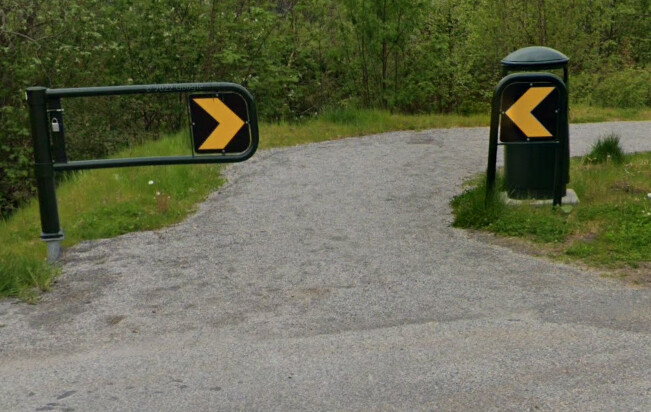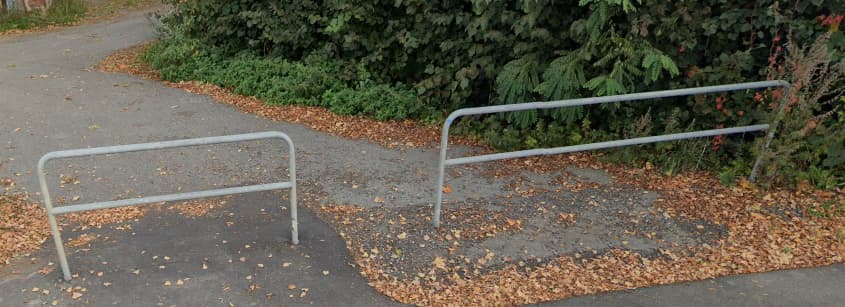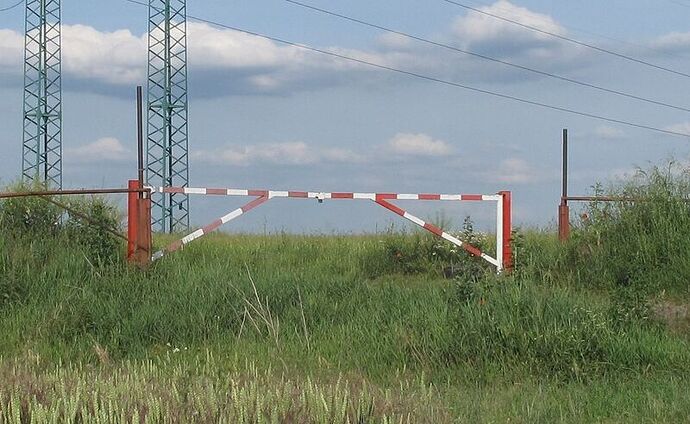There’s an on-going discussion in the Norway category on how to tag car barriers.
For the record, we know they are car barriers. The discussion is not about their purpose. It’s about capturing the purpose within the current OSM schema.
1) The openable barrier
There are several types of car barriers that we can’t agree how to map. The most common examples are variations of these:
These are widely used in Norway to block car access to cycleways and footways. They are lockable and can be unlocked and swung open to provide access for maintenance and emergency services.
There are two diverging views on tagging this barrier.
a) barrier=swing_gate
Pros:
It’s physically a swing gate.
A swing gate is by default a car barrier.
The wiki page on swing gate says there is implicit general access for cyclists and pedestrians.
Cons:
A swing gate may be interpreted as blocking the entire width of the road.
Don’t know how we can differentiate the half-width swing gate from a full-width swing gate so that bike routers will know that our car barrier is not generally an obstacle to cycling.
b) barrier=cycle_barrier + cycle_barrier=single + cycle_barrier:installation=openable
Pros: Wiki page says there is an expectation of an opening for cyclists to pass through.
Cons:
It’s not a cycle barrier.
Bike routers reading only the top-level tag will not understand we’re tagging a car barrier, and may discourage cycling down this way.
Need even further tags to capture that all cycles are expected to fit through our car barrier – as opposed to cycle barriers, which frequently obstruct cargo bikes, trikes, trailers, etc.
2) The fixed rail/fence barrier
A much less common car barrier is this fixed barrier.
The fixed rail/fence car barrier is really no different to cyclists or regular drivers than the openable version. The difference is only to maintenance and emergency services, i.e. they cannot get through. Fixed rail/fence barriers are often used in situations with car access on both sides.
How do we tag this?
If you subscribe to tagging a) for the openable barrier, there’s a lack of options for the rail/fence barrier.
If you subscribe to tagging b) for the openable barrier, the rail/fence barrier can be tagged in the same way but with cycle_barrier:installation=fixed.
How to proceed
We are eager to hear your opinions, and especially from people familiar with bike routers.
Are a) or b) your preferred way of tagging this? Why?
Did we miss tags that could capture the real-world state and intentions?
Could we introduce new tag values to capture the real-world state and intentions in a way that allows routers to function properly until the new tags are properly adopted?
Bonus question
The wiki page for swing gate claims general access for cyclists and pedestrians, but the wiki page for lift gate does not. Is this by design? The hinge mechanism seems irrelevant to the access claim.







